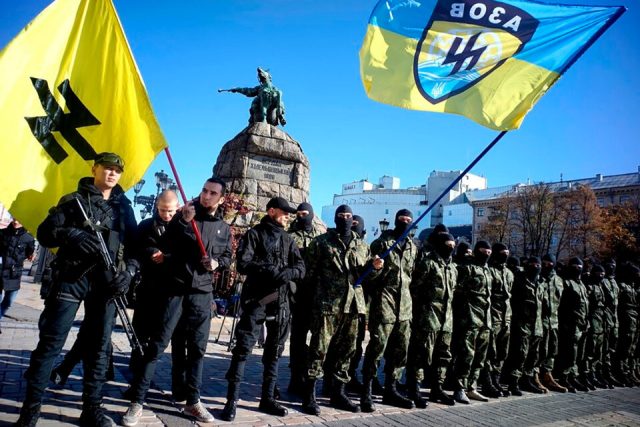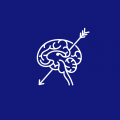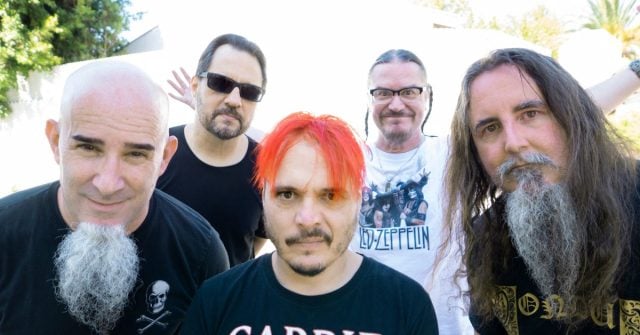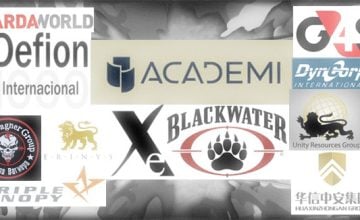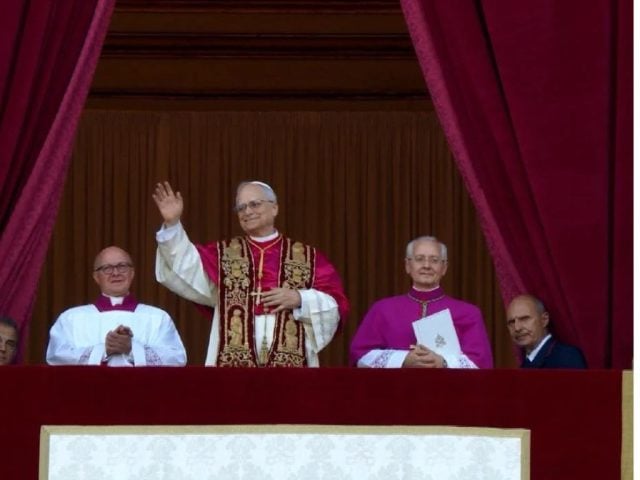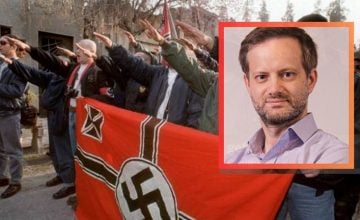“It stopped being just a military unit affiliated with the National Guard of the Ukraine and it generated extensions such as the so-called Azov Civilian Corps to reach something like the non-military sectors of society; in 2016 it expanded itself into The National Corps political party and other affiliated and unaffiliated ‘offsprings’ emerged of what is known today as the Azov Movement”.
By Gustavo Veiga (Pagina12)
The Azov Battalion operates as an organization for war. It has its recruitment page where it extols the glory of their dead in the Donetsk campaign. Its symbol is the Wolfsangel, of unmistakable Nazi lineage and banned in Germany. Named after the nearby sea where it was born in eastern Ukraine, it has a fearsome reputation that the regular army trying to repel the Russian invasion cannot boast of.
The US State Department described the Azov Battalion as a «nationalist hate group» and in that, it agrees a lot with Vladimir Putin. It is a mosaic of young people captivated by the extreme right, nostalgic for Hitlerist Germany, brawlers from Ukrainian clubs, all now amalgamated to defend their territory from the troops sent from Moscow. They train the inexperienced in the use of weapons, but they also recruit seasoned soldiers. They are not an improvised battalion of men and if the Russian president spoke of denazifying his neighboring country, he was undoubtedly referring to them.
They are not the only ones in this rush to take Kalashnikov rifles or use Molotov cocktails called by Ukrainian President Volodimir Zelensky. Former Ukrainian People’s Deputy Semyon Semenchenko, convicted of arms smuggling, led a paramilitary formation, under the guise of a private military company. His venture included more than 150 people and operated under the status of a security company, until the police broke it up. He imported military spare parts and other war products from Russia that did not go through customs control and sold them to the State at inflated prices.
Semenchenko has just been released in exchange for enlisting to defend the country from Russia. He went from being accused of being a mercenary by the Zelensky government to a combatant in defense of the fatherland. His group did not have the combat reputation of the Azov Battalion, nor can it boast of having operated successfully since 2014 in the separatist republics of Donetsk and Lugansk. It also does not have official regimental recognition within the Ukrainian National Guard.
The Nazi reputation that the members of Azov have earned is not just an obsession attributed to Putin to validate his campaign against the Kiev government or justify the military operation on Ukranian soil.
The battalion’s first commander was Andriy Biletsky, a former parliamentarian and one of the leaders of the National Corps, a far-right political group that allowed him to win a seat in the Verkhovna Rada (Ukrainian parliament) between 2014 and 2019. When his term ended, he was not able to revalidate it in the elections, already integrated into the Svoboda party, ultranationalist and whose historical reference is Stepan Bandera.
Bandera was a leader who is considered a war criminal and who collaborated with the Nazi occupation in World War II. He later turned against the Germans, was deported to a concentration camp and survived. The KGB had him assassinated in 1959 in Munich. Today the far-rightists claim him in Ukraine as a hero.
From his official website (https://azov.org.ua/) Azov defines the profile of the type of fighter it seeks to join its ranks: “Being a warrior and defending your country is a matter worthy of respect and honor. In a difficult moment, when the enemy brazenly tried to invade our country, the bravest Ukrainians united for a worthy resistance. Because patriotism is real deeds, courage and honor, not just wearing a stripe». The photographs and videos that illustrate its website are a Wagnerian song to the defense of Ukraine. In the web site, troop enlistments, combat rehearsals, the use of heavy weapons and a range of movements can be seen, and these are not those of an improvised group or volunteers.
The Battalion has been conferred legality since its own constitution in 2014, during the uprising against the coup in Kiev of the now Russian-recognized republics of Donetsk and Lugansk. «The Azov Battalion was established on May 5, 2014 in Berdyansk as a battalion of the special police patrol service (BPSMOP) of the Ministry of Internal Affairs on the basis of a decision of the Ministry of Internal Affairs of Ukraine». The references that can be read on its official page translated from Ukrainian to Spanish abound in details about its declared legal legitimacy: “On September 17, 2014, by order of the Minister of the Interior».
Azov’s neo-Nazis glorify their fallen members and the military actions they undertook in the majority Russophone eastern region. They say of Serhiy Ambros that he “was a very intelligent and cultured man. He graduated from high school with a gold medal, took an interest in sports and the patriotic life of his hometown”. They say of Mykola Troitsky that “he died under the pseudonym of Akela and gave his life for Ukraine. He will forever remain in our memory as a true wolf from Odessa”. Of other deaths in skirmishes with the pro-Russian forces, their membership as “ultras” (spanish equivalent to barra brava) of different football clubs such as Poltava, the First Division or FC Sumy is highlighted.
A Canadian journalist, Michael Colborne, is the author of a book about this armed group. He recounted – quoted by Télam – during a virtual seminar organized by the NGO Counter Extremism Project, that the Azov Battalion “was no longer just a military unit affiliated with the country’s National Guard and generated extensions such as the so-called Azov Civil Corps to achieve something like that or reach the non-military sectors of society; in 2016 it expanded into The National Corps political party and other affiliated and unaffiliated offsprings emerged of what is known today as the Azov Movement”. Colborne is the same one who wrote: “Ukraine really does have a far-right problem, and it is not a Kremlin propaganda figment. And it’s time to talk about that», in Forward, a Jewish-American newspaper published in English and Yiddish, last December.
